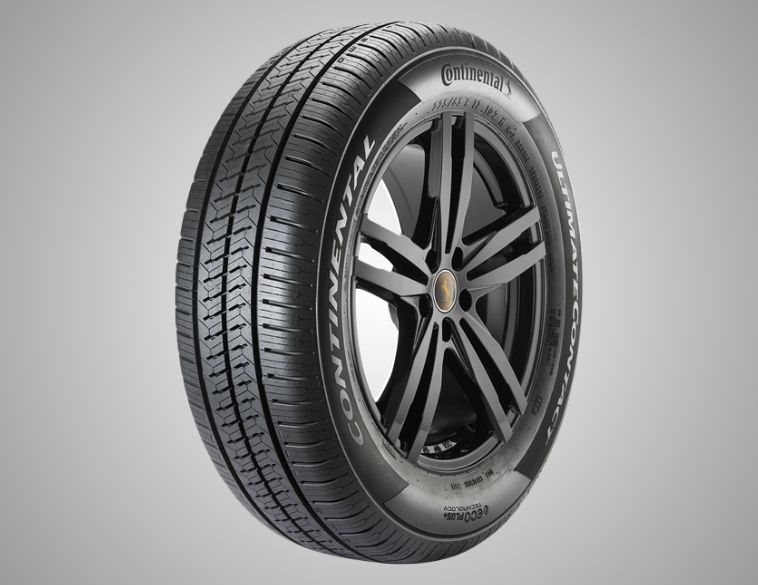Who is accountable when commercial tires fail?
Each one of us is accountable for what we do. Tire manufacturers, tire technicians, fleet operators and tire dealers all have a hand in ensuring commercial vehicle tires run safely. Quality tires, properly installed, carefully maintained and regularly checked should be fine, right?
But what happens when something goes wrong resulting in injury or property damage? Who is to blame? Is it the owner of the fleet, or the shop that installed it?
According to Wayne Wood, Communications Advisor, Alberta Transportation, the driver or the carrier can be charged under the Traffic Safety Act if a tire fails, and that failure can be reasonably attributed to poor maintenance. “The carrier could be the subject of an audit or investigation if it is determined vehicles are not being properly maintained, including maintenance of tires.”
Elaine Forsyth at OK Tire, Spruce Grove Alberta points out that tire shops need to do things right. “We stress the importance of re-torques and proper maintenance of tires, including consistent pressure checks, tire rotations, tire inspections, etc.”
The final decision on tire quality is up to the fleet operator. For instance, David Schroeder, owner of Schroeder Transport in St. Albert, Alberta refuses to run retreads. “We do not like to run retreads because of the downtime and the damage that it—a tire failure—can do,” he explains. “It can cause you to lose a day of work if it happens in the middle of nowhere. The damage it can cause can be expensive as well, if it tears out fenders. We almost never have a virgin tire blow a sidewall.”
Proper tire maintenance
Maintaining tires to specifications and monitoring wear are critical. Wood says that Alberta’s Commercial Vehicle legislation requires tires to be well maintained, which includes proper tire pressure. “Tires cannot be worn to the point where a tread wear indicator contacts the road, and less than 1.6 millimetres of tread remains on any two adjacent grooves,” he adds. “In addition, tires on a steering axle must not be worn to less than 3.2 millimetres on any two adjacent grooves.”
Schroeder believes fleets need to pay close attention to the condition of their tires. “A tire that is not at proper pressure is a flat tire, as it will cause irregular wear and will wear out the tread depth in two to three times the speed of normal wear. Check tires several times a day… to see if maybe you have missed irregular wear.”
The cost of negligence
In the event of property damage or injury from tire failure, insurance steps in. Rob George, VP Sales, Drayden Insurance explains what’s needed. “A business policy carries Commercial General Liability coverage,” he says. “This provides coverage for bodily injury and property damage in the event the business is deemed to be negligent in their actions or inactions that caused a loss. So, if a business failed to provide proper maintenance of a vehicle with regards to their tires that resulted in a loss, they very likely would be found negligent in the court of law.”
That said, tire dealers aren’t off the hook. “Tire dealers are expected to provide the services a business pays for,” George adds. “Once again, if something they have done, or failed to do, would be considered negligent, they could be responsible or partially responsible for the resulting bodily injury or property damage.”
Whether fleet operator, tire technician, owner or manufacturer, we all have an important role to play in tire safety.



